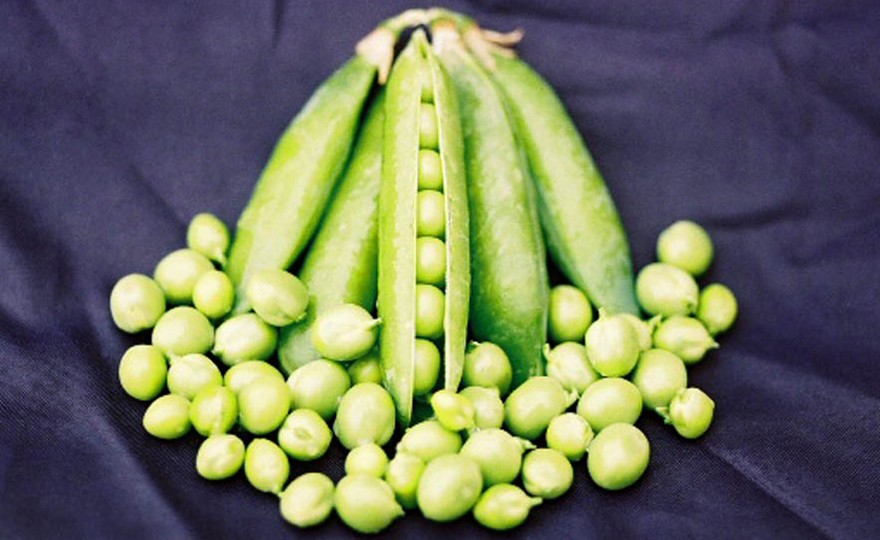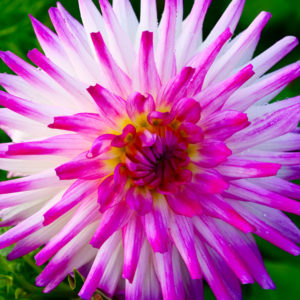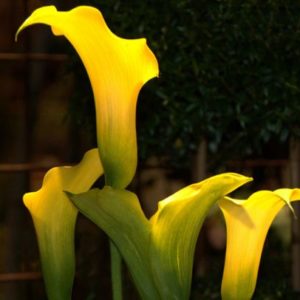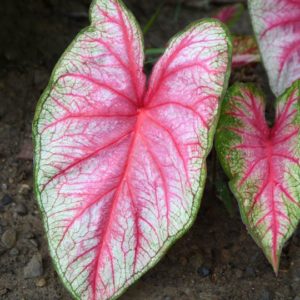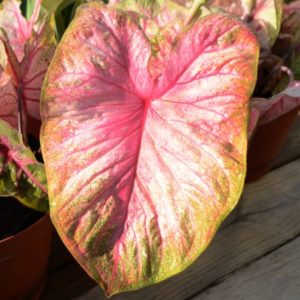Description
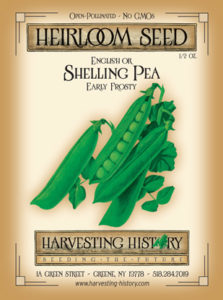 English or Shelling Pea, Early Frosty
English or Shelling Pea, Early Frosty
Peas, along with beans and grains, are among the earliest of all cultivated vegetables. Evidence of peas have been found in lake mud beneath the site of houses created by Bronze Age Swiss lake dwellers that is over 5000 years old. Peas have also been found at a prehistoric cave site in Hungary that is believed to be much older than the Swiss site. Interestingly, no evidence of peas has been found at ancient Egyptian sites, but peas have been found in the ruins of the ancient site of Troy. The Aryans of Western Asia introduced the pea to the Greeks and Romans, but neither civilization held the pea in high regard. It was only after the Norman Conquest of England that peas appeared in this part of the world and then with little note until the 16th century when they were described in detail by the French. However, by the end of the 16th century botanists in Belgium, Germany, and England were describing many kinds of peas including tall and dwarf with white, yellow and green seed colors. The wild pea, which no longer exists, was probably indigenous to middle Asia from northwest India through Afghanistan, to the Near East and to the plateau and mountains of Ethiopia. In all of these areas, today, wild peas of cultivated species have been found as well as a remarkable diversity of cultivated species. Peas are classified in many ways, but, for the purposes of this article, classifications will be limited to pole or dwarf (bush) and garden (shelling) pea or sugar snap (edible podded pea). Pole and dwarf varieties exist of both garden and sugar snap peas. Dwarf pea plants produce vines that grow from 15-30 inches. Pole peas produce vines that grow from 30 inches to 6 feet. Garden pea plants produce peas that should be removed from their pods before eating or cooking. Sugar snap pea plants produce pods, which can be eaten.

